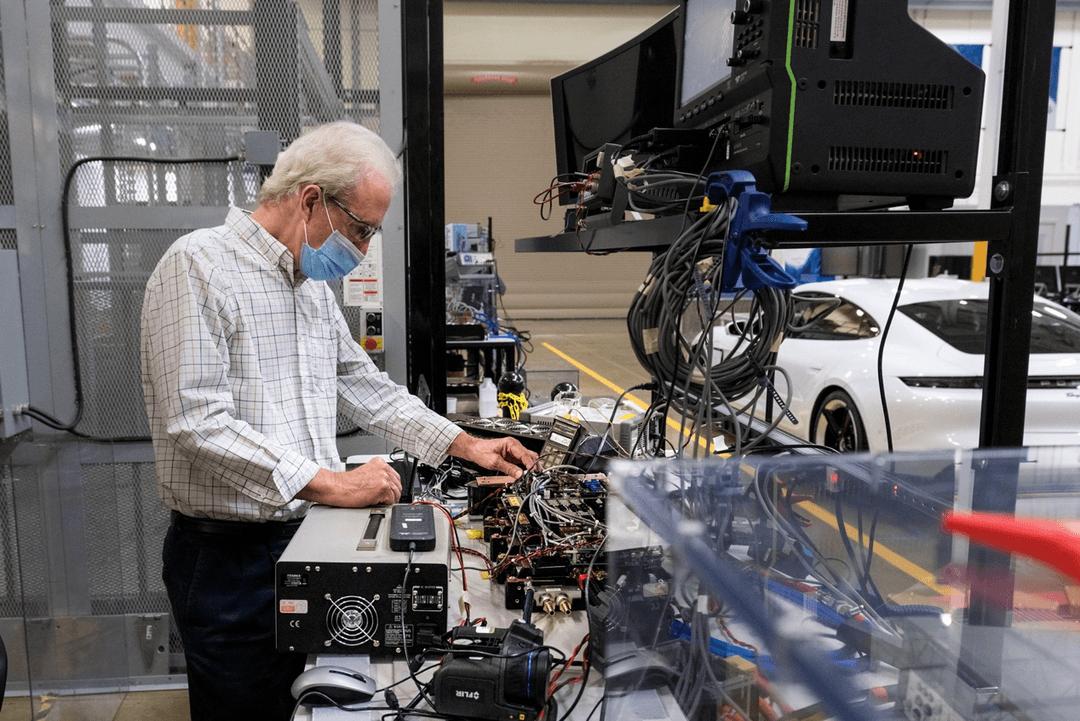
In today's rapidly advancing technology, electric vehicles, as an important representative of green travel, are gradually becoming the future trend of the automotive industry. As a major breakthrough in the field of electric vehicles, wireless charging technology has added new impetus to this trend. Recently, the Oak Ridge National Laboratory (ORNL) of the US Department of Energy collaborated with Volkswagen Group to successfully demonstrate the first 270 kW wireless electric vehicle charging technology, once again breaking the world record for wireless charging power.
The biggest advantage of wireless charging technology is its convenience. The traditional wired charging method requires users to connect the vehicle to the charging station through a cable, which not only increases the complexity of operation, but may also affect charging efficiency due to cable damage or incompatible interfaces. Wireless charging technology completely eliminates the constraints of cables, and users only need to park their vehicles in designated locations to achieve automatic charging, greatly improving the user experience. In addition, wireless charging also reduces the impact of adverse weather conditions such as rain and snow on the charging process, making charging safer and more reliable.
With the acceleration of urbanization, urban land resources are becoming increasingly scarce. Traditional wired charging stations require a certain amount of ground space to lay cables and charging equipment, while wireless charging technology can achieve efficient use of space by installing charging equipment under parking spaces. This not only helps alleviate the problem of difficult parking in cities, but also provides more flexibility for the construction of charging stations.
Wireless charging technology uses the principle of electromagnetic induction to transmit electrical energy, avoiding safety hazards caused by cable aging, wear and tear in traditional wired charging methods. At the same time, the wireless charging system is also equipped with various safety protection mechanisms, such as short circuit protection, overheating protection, overvoltage protection, overcurrent protection, etc., to ensure the safety and reliability of the charging process. In addition, wireless charging reduces the possibility of human error and further enhances the safety of the charging process.
However, the technological maturity of wireless charging technology in practical applications still needs to be improved. Especially for high-power wireless charging technology, key technical challenges such as electromagnetic radiation, energy transmission efficiency, and charging distance need to be addressed. At the same time, the research and development, production, installation, and maintenance costs of wireless charging devices are relatively high, which to some extent limits the process of their large-scale promotion and application.
At present, there is no unified international and industry standard for wireless charging technology, and different brands and models of electric vehicles may have compatibility issues in wireless charging. This not only increases the user's usage cost, but also affects the popularity of wireless charging technology. Therefore, promoting the standardization process of wireless charging technology and achieving interoperability between different brands and models of electric vehicles is an important challenge for the future development of wireless charging technology.
In addition, although wireless charging technology can achieve automatic charging, its charging efficiency still has a certain gap compared to wired charging. Especially in the field of high-power wireless charging, how to improve energy transmission efficiency and shorten charging time is one of the key issues that current wireless charging technology needs to solve. In addition, the range of electric vehicles remains one of the focuses of user attention. Although wireless charging technology is convenient, it cannot fundamentally solve the problem of range anxiety in electric vehicles. Therefore, while promoting the development of wireless charging technology, it is also necessary to continuously improve the battery technology and endurance of electric vehicles.
In the future, wireless charging technology will develop towards higher power, higher efficiency, lower cost, and wider compatibility. At the same time, with the continuous integration and application of technologies such as smart grids and connected vehicles, wireless charging technology will also be deeply integrated with fields such as energy management and traffic management, providing users with more convenient, intelligent, and efficient charging services. In addition, with the popularization of wireless charging technology and the continuous improvement of electric vehicle range, electric vehicles will better meet people's travel needs and become an important choice for future green travel, with broad development prospects and huge market potential.

In early December, US stocks staged their most dramatic intraday reversal in months. Driven by the dual positive catalysts of chip giant NVIDIA's better-than-expected earnings report and a "Goldilocks" nonfarm payrolls report, the S&P 500 index surged as much as 1.9% within the first hour of trading.
In early December, US stocks staged their most dramatic int…
On December 5, 2025, the European Union fined Musk's social…
Since October 2025, there has been a week of intense fighti…
On the global economic stage of 2025, the U.S. economy is s…
Recently, the head of Apple's artificial intelligence and t…
On December 5, 2025, the Office of the Compilers of the Cur…